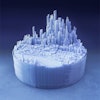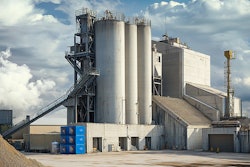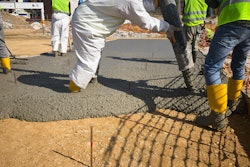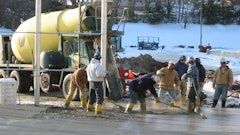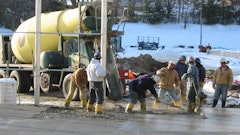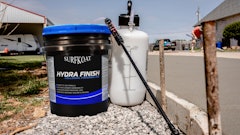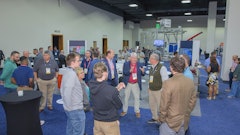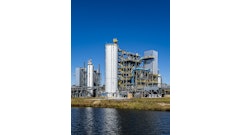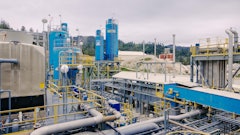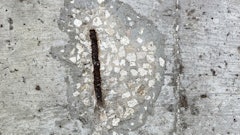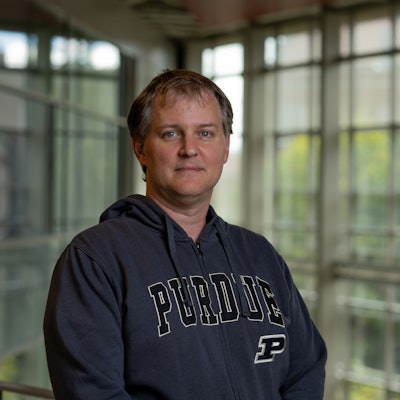
In support of the effort to divert from traditional, less sustainable, engineering practices for materials with a minimal carbon footprint, a researcher from Purdue University, has developed a method where chemically-modified nanocellulose integrated into cement, makes the material more eco-friendly while reducing the volume and demand of raw materials.
Jeffrey Youngblood, Professor of Materials Engineering and Graduate Chair at Purdue University has increased the strength and resilience of cement by integrating patent-pending chemically modified cellulose nanocrystals and nanofibers. Mechanical tests show a 30% increase in concrete’s flexural strength, or the ability to resist bending when an external force is applied, when 0.2% volume of the nanocellulose is integrated. Youngblood is also an affiliate of the Division of Environmental and Ecological Engineering, a stand-alone academic unit in the College of Engineering.
According to the release:
Youngblood and his team found that by increasing the heat of hydration, the chemically modified nanocellulose reacted to improve the behavior of cement paste in a variety of chemical reactions. “This results in a greater potential to alter microcracking of cement and bolster the mechanical properties for better performance,” he says. “We validated this through isothermal calorimetry and thermogravimetric analysis.”
The applications for the Purdue innovation include road, bridge and building construction. “It supports the widespread effort to divert from traditional, unsustainable engineering practices and instead opt for materials with a minimal carbon footprint,” Youngblood says. “The chemically modified nanocellulose offers a naturally sourced solution to make cement more eco-friendly and reduces the volume and demand of raw materials.”
More research will be conducted into the best surface treatments, ratios, types of cement, supplementary cementitious materials and additives.
Youngblood received funding for his research from P3Nano, a partnership between the U.S. Endowment for Forestry and Communities and the U.S. Forest Service. The research was disclosed to the Purdue Innovates Office of Technology Commercialization, which has applied for a patent to protect the intellectual property. Industry partners interested in developing or commercializing the innovation can find contact information at https://www.purdue.edu.



